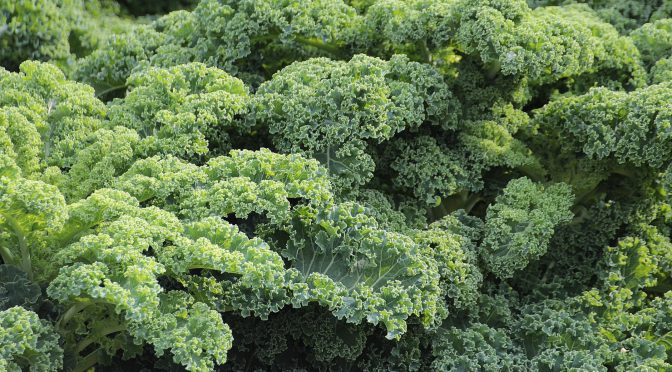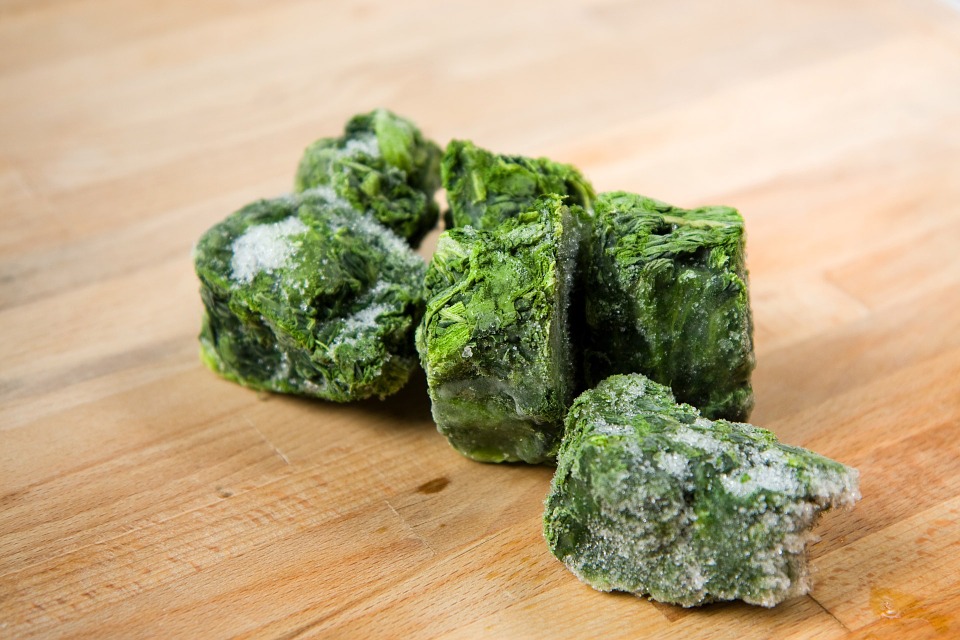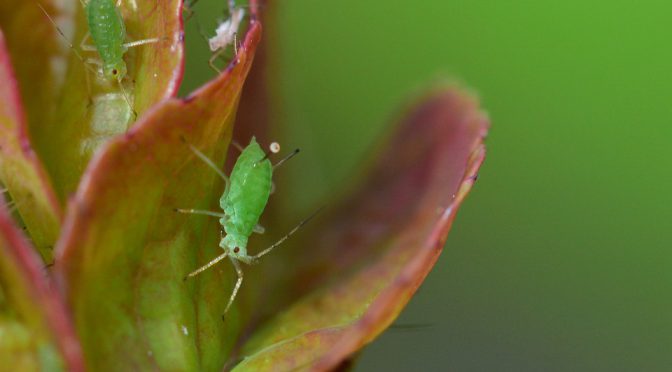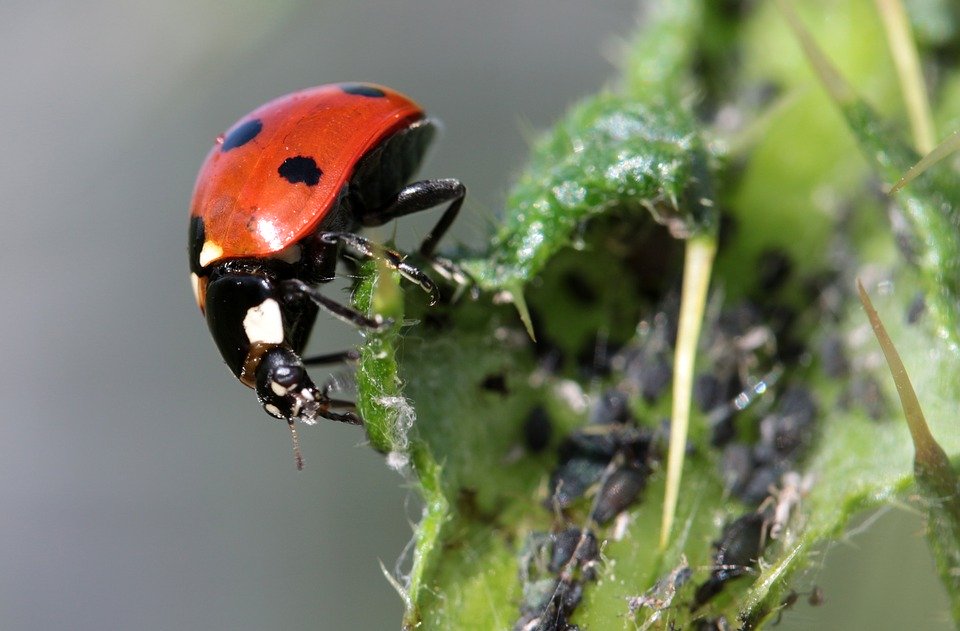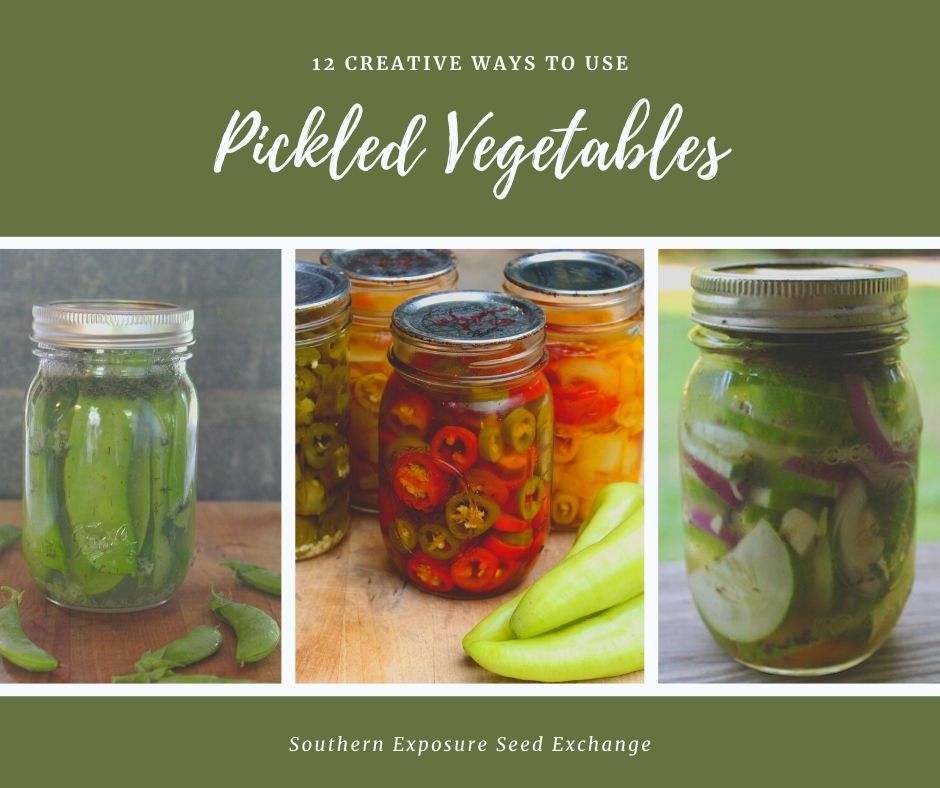
New gardeners are often flooded with produce and ideas for preserving it. Among the most common suggestions is to pickle it and for good reason. Pickled foods are easy to make and store incredibly well. They’ve been a staple in many traditional diets. You can find recipes for pickled peppers, dilly beans, pickled cauliflower, pickled snap peas, even pickled watermelon rind!
If you decide to make a lot of pickles this year, here are a few good ways to use them.
Pizza
Pickled jalapeños, banana pepper, and garlic scapes are great for spicing up wintertime pizzas. They pair well with roasted tomatoes.
Potato or Pasta Salad
Dilly beans, cucumber pickles, or dilly snaps peas add a tasty crunch to your favorite potato or pasta salad recipes.
Spring Rolls
Spring rolls are a fun way to use whatever veggies you have on hand. Tossing in a few pickles is a great way to add a little extra flavor. Try pickled peppers, carrots, radishes, onions, or garlic.
Charcuterie Boards
A charcuterie board with pickles you grew and made is extra impressive. If you don’t want to get too involved they’re also just a great snack alongside crackers, cheese, fruit, and/or nuts.
Omelets
Make a spicy veggie omelet with diced tomatoes, onions, mushrooms, spinach, pickled jalapeños, and salsa.
Burgers
Next time you make a burger try something besides the classic cucumber pickle. Pickled garlic scapes or radishes are a great options. The same goes for cold sandwiches.
Salads
Pickled vegetables salads are surprisingly tasty. Try pickled vegetables like radishes, carrots, cherry tomatoes, onions, cucumbers, or cauliflower. Chop them up small and serve over fresh baby greens with your favorite vinaigrette.
Fried Rice
Finely chopped pickled vegetables are perfect for adding color and flavor to simple fired rice recipes. Try to squeeze out as much liquid as possible so they don’t make the rice soggy.
Cocktails
Pickles make great garnishes for a variety of cocktails. Try some of your pickled vegetables with a Bloody Mary, pickle-juice Margherita, or make some pickle infused vodka.
Soup Garnishes
Homemade pickle garnishes are a delicious and simple way to make soup a little more special.
Deviled Eggs
Small slices of pickled vegetables can make deviled eggs feel a little more special. You can also add a touch of pickle juice to the mixture.
Hummus
Next time you’re having hummus serve it with some finely diced pickled veggies in the center. Peppers are always a favorite!
Pickling vegetables is a great way to store the season’s excess. Learning to incorporate these pickles into meals can help you make the most of your harvest.

